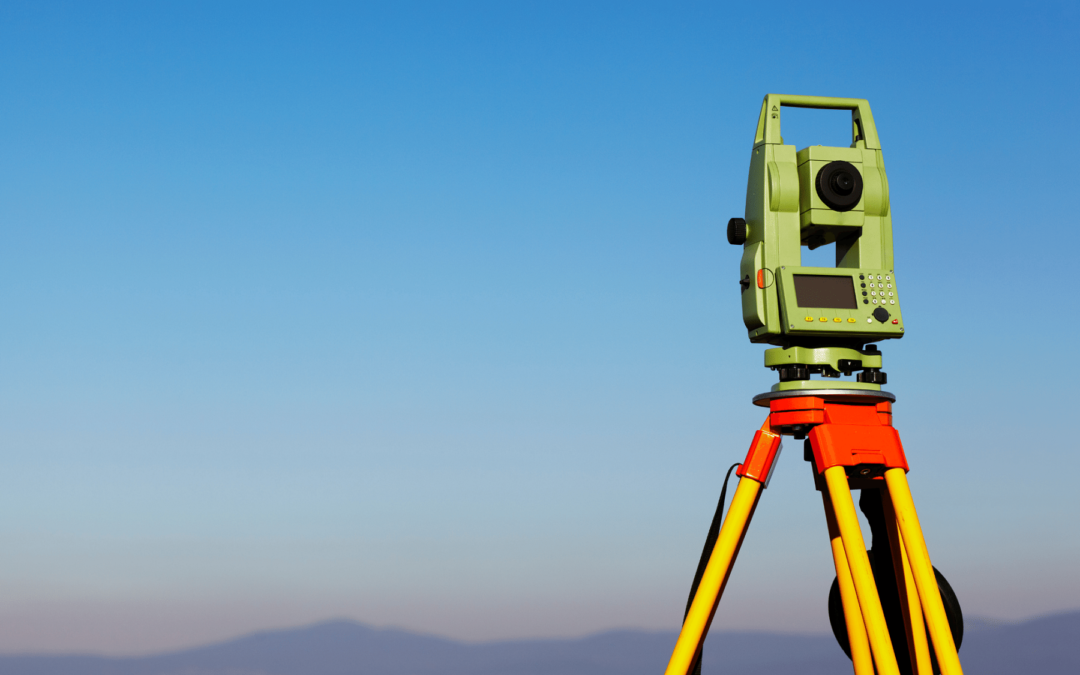People call land surveyors for various reasons. Usually, surveyors come out to identify and locate boundaries, structures, and topographical features. You may also need these experts to secure a land purchase.
What Tools do Land Surveyors use Today?
Using various tools of the trade, land surveyors will gather data starting from existing survey monuments that have been previously placed. They will measure survey evidence and site features using a Total Station.
In the last 30 years, GPS (Global Positioning System) has changed the surveying landscape as the tool of choice in most situations. GPS has greatly reduced the time and effort required to survey a site. Today, surveyors can do the task in a matter of hours, which may have previously taken days.
But the question remains.
What are the Accuracies of these Tools?
There may not be a single tool that will provide the solution a surveyor needs. A combination of GPS, Total Station, 3D Scanning, Drones may be used to compile the data required.
GPS
GPS uses a network of satellites to determine its position on the Earth’s surface. There are many variables regarding the science of it to establish the correct position, such as the number of satellites visible, line of sight, solar flares, etc. In the end, the expected accuracy from GPS surveying is approximately 2 centimeters or less.
Total Station
This type of tool uses electronics to measure distances and angles.It’s so named because it combines theodolite and transit with EDM, which were previously unique tools. It has an accuracy level of 2 millimeters or less.
3D Scanning
3D Laser Scanning is a technique surveyors use for high-volume data collection with excellent accuracy and lesser recording time. Using proper techniques and data processing, 3D scanning may be able to achieve accuracy close to that of a Total Station (2 millimeters or less)
Drones
Drones are a relatively new tool in the surveyor’s toolbox. A camera is mounted on a fixed wing or rotary drone and flown over a site to capture data. Different sensors (LiDAR, photo camera, Infrared, etc.) may be mounted to the drone to obtain specific results for a project. The accuracy ranges from 3 centimeters to 2 millimeters depending on the sensor and methods used.
Land surveyors may utilize multiple tools for a project to create a higher quality deliverable for the client. Needless to say, the results still hinge on the surveyor’s expertise in gathering and interpreting data.

